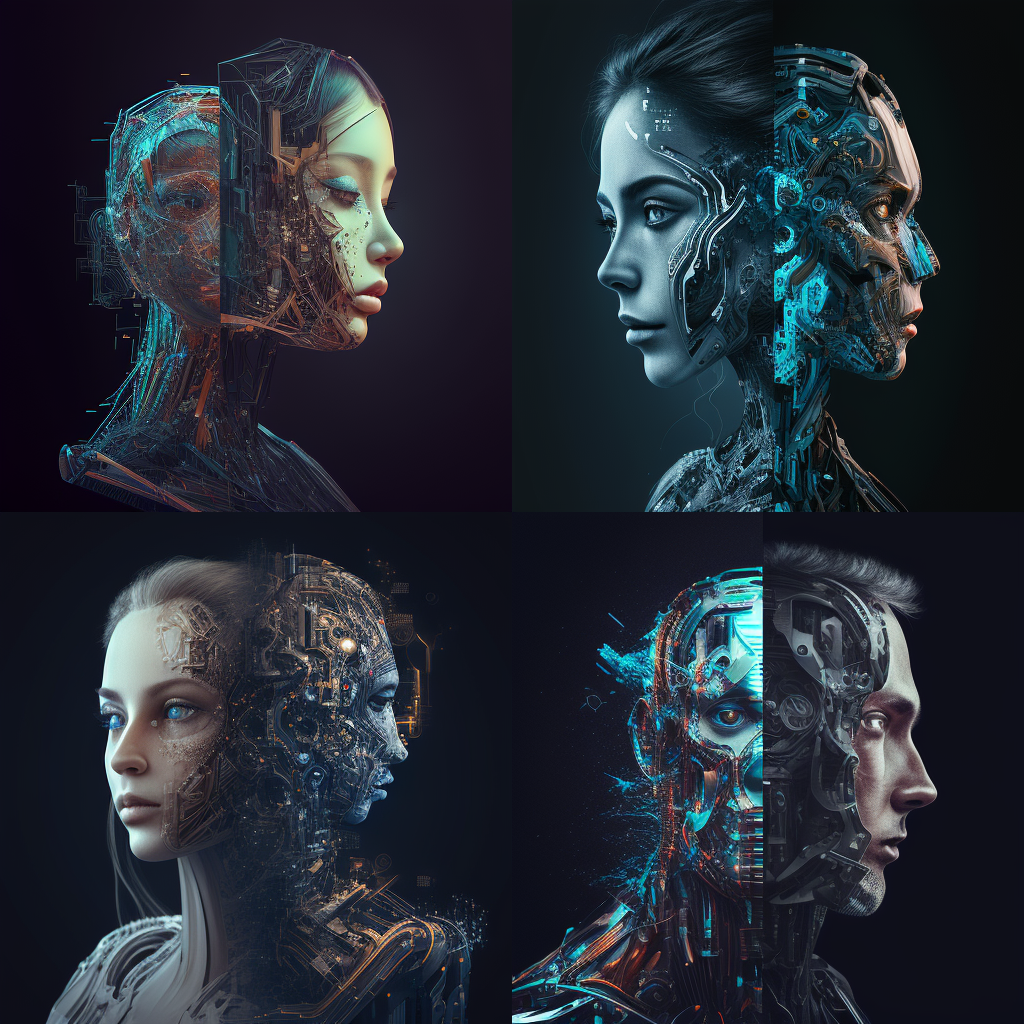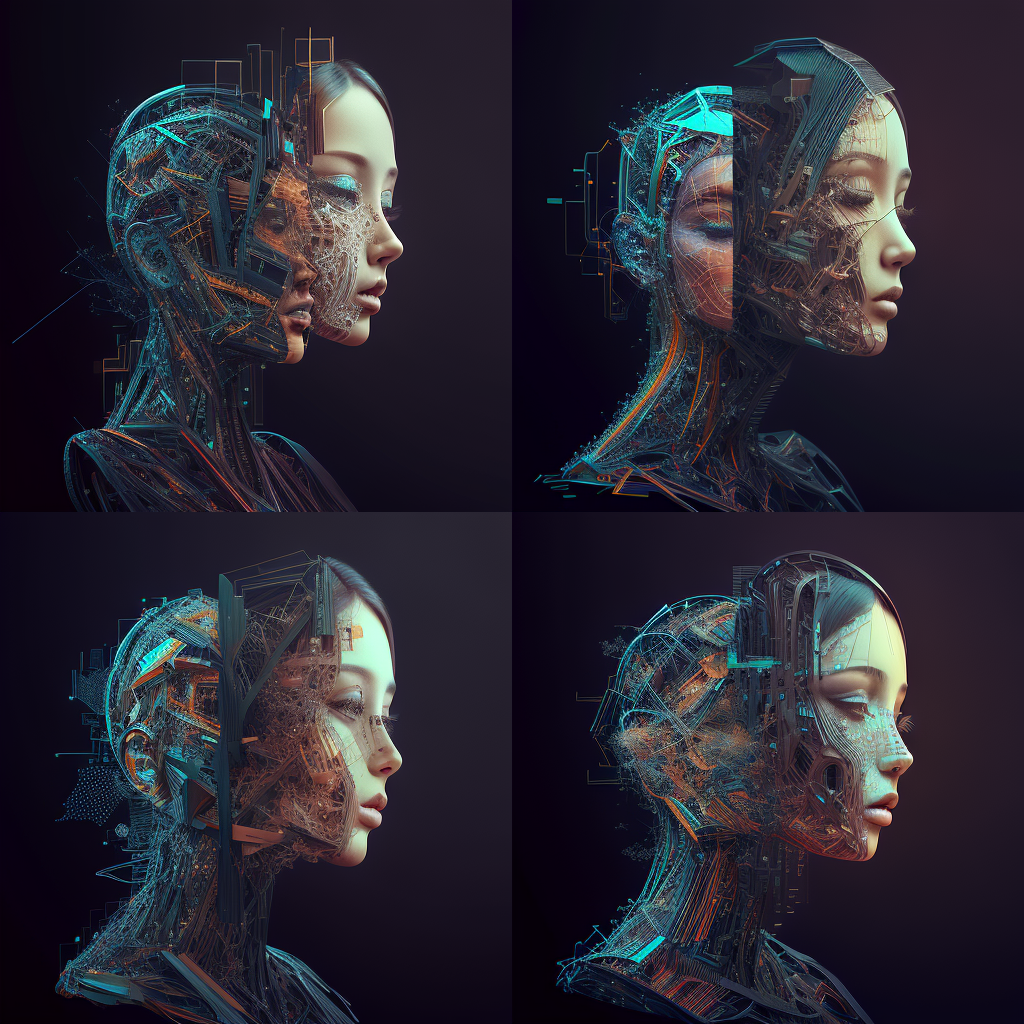How to Use Digital Twins and AI to Generate Profits

Digital twins and AI technology are the latest and most advanced tools in the world of industrial operations. Digital twins create virtual models that accurately reflect physical objects, such as wind turbines, and AI agents use historical data, real-time data, and algorithm models to simulate, monitor, and analyze the behavior of the object being studied. This technology is invaluable to industrial operations, as it can help increase efficiency and profitability, as well as help reduce risks associated with plant operations. In this blog, we will explore the benefits of utilizing digital twins and AI technology for financial gain and provide strategies for successfully utilizing these tools.
References used in to write this article
Definition of Digital Twins
Digital Twins are digital replicas of physical objects used to monitor and simulate their behavior in real-time. AI, or Artificial Intelligence, is a form of machine learning used to interpret and analyze data for various purposes. Both technologies offer significant benefits to industrial operations, such as improved design accuracy, predictive maintenance, real-time monitoring, and improved team collaboration.
Benefits of utilizing Digital Twins and AI Technology
Digital twins and AI technology can be used to identify and assess risks, optimize production lines, and make more informed decisions regarding product design, development, and maintenance. Additionally, they offer more efficient and accurate simulations than CAD-based virtual environments, allowing companies to test various ideas and designs at a fraction of the cost. Ultimately, digital twins and AI technology can help reduce costs and increase efficiency, leading to greater profits.
1. Exploring How Digital Twins Create New Efficiencies

Digital twins are virtual replicas of real-world objects that can be used to test and optimize performance in a simulated environment. This innovative technology has the potential to revolutionize how businesses operate, leading to increased efficiency and reduced costs. By using digital twins, businesses can gain valuable insights into their operations and identify opportunities for cost savings and efficiency gains. Additionally, AI can be used to optimize for multiple objectives, such as cost, quality, and safety, allowing businesses to maximize their profits without sacrificing quality or safety.
Digital twins are already being used in many industries, such as manufacturing, automotive, and healthcare. For example, a digital twin of a production line can be used to identify areas of inefficiency and suggest solutions for improvement. Digital twins can also be used to analyze data and make predictions, allowing businesses to make more informed decisions. Finally, digital twins can be used to monitor and control systems remotely, leading to greater efficiency and improved maintenance.
In short, digital twins are revolutionizing how businesses operate and creating new efficiencies. By leveraging digital twins and AI, businesses can gain valuable insights, reduce costs, increase efficiency, and optimize for multiple objectives. With the right strategies in place, digital twins and AI can help businesses realize significant cost savings, efficiency gains, and improved decision-making.
2. Harnessing the Power of AI and Digital Twins for Profits

AI and digital twins have the potential to revolutionize how businesses operate and create new efficiencies. By leveraging digital twins and AI, businesses can gain valuable insights, reduce costs, increase efficiency, and optimize for multiple objectives. Moreover, businesses can use AI and digital twins to monitor and control systems remotely and make more informed decisions. In short, AI and digital twins can help businesses realize significant cost savings, efficiency gains, and improved decision-making.
Businesses can begin the journey by starting with just one digital twin that has a data product at its core, evolving it over time to provide increasingly powerful predictive capabilities. They can then move on to interconnecting multiple digital twins to unlock even more use cases and, finally, layer on the additional technologies required to transform this network of digital twins into the enterprise metaverse.
In order to successfully utilize digital twins and AI for financial gain, businesses must implement the digital twin, assess the impact of the technology, measure performance, and optimize. Additionally, businesses should ensure that their data is detailed and accurate, and that they continually assess the risks associated with the implementation and use of digital twins and AI technology.
As implementations mature, leaders will want to shift from simply replicating what exists today to digitally reengineering entire processes and experiences, saving precious time and resources in the end. Digital twins and AI technology offer a range of benefits for industrial operations, and if businesses can successfully harness the power of these technologies, they can realize significant profits.
3. Strategies for Successfully Utilizing Digital Twins and AI

Digital twins and AI technology offer a range of benefits for industrial operations. By leveraging digital twins and AI, businesses can gain valuable insights, reduce costs, increase efficiency, and optimize for multiple objectives. Additionally, businesses should ensure that their data is detailed and accurate, and that they continually assess the risks associated with the implementation and use of digital twins and AI technology. To successfully utilize digital twins and AI for financial gain, businesses need to have a few strategies in place.
Step 1
First, businesses should start by creating a core digital twin that has a data product at its core and then evolves over time to provide increasingly powerful predictive capabilities. This is an important step as it sets the foundation for the business to build upon. Additionally, businesses should interconnect multiple digital twins to unlock even more use cases and, finally, layer on the additional technologies required to transform this network of digital twins into the enterprise metaverse.
Step 2
Second, businesses need to assess the impact of the technology. This involves understanding the data inputs, outputs, and key decisions required to be made. This assessment will help to identify areas of potential improvement and enable businesses to measure the performance of the digital twins.
Step 3
Third, businesses should continually assess the risks associated with the implementation and use of digital twins and AI technology. This includes understanding the data security and privacy implications and any potential regulatory compliance issues. Additionally, businesses should ensure that their digital twins are resilient and secure to protect against cyber threats.
Step 4
Finally, businesses should be prepared to optimize their digital twins over time. This involves identifying areas of improvement, testing new configurations, and adapting the digital twins to the changing needs of the business.
By following these strategies, businesses can successfully harness the power of digital twins and AI technology to realize significant cost savings, efficiency gains, and improved decision-making.


Inconclusion
Digital twins and AI offer a range of benefits for industrial operations. By leveraging digital twins and AI, businesses can gain valuable insights, reduce costs, increase efficiency, and optimize for multiple objectives. Additionally, businesses should ensure that their data is detailed and accurate, and that they continually assess the risks associated with the implementation and use of digital twins and AI technology. With the right strategies in place, digital twins and AI can help businesses realize significant cost savings, efficiency gains, and improved decision-making.
Digital twins and AI are not just a business advantage, but also a social one. By using digital twins and AI, businesses are able to increase safety and sustainability in their operations, reducing the risk of accidents and pollution. This allows businesses to be more environmentally and socially responsible, which is increasingly important in today’s world.
Finally, digital twins and AI are only going to become more advanced and powerful in the years to come. As this technology matures, businesses should expect to see even more opportunities to leverage digital twins and AI to their advantage. With the right strategies in place, businesses can harness the power of digital twins and AI technology to realize significant cost savings, efficiency gains, and improved decision-making.
What we covered in this article
Summary of Digital Twins and AI Benefits: Digital twins and AI technology offer a range of benefits for industrial operations. These include improved design accuracy, predictive maintenance, real-time monitoring, and improved team collaboration. Additionally, they can be used to identify and assess risks, optimize production lines, and make more informed decisions regarding product design, development, and maintenance.
Benefits of Implementing Digital Twins and AI for Profits: Implementing digital twins and AI technology can lead to increased profits. By utilizing digital twins and AI, businesses can gain valuable insights into their operations and identify opportunities for cost savings and efficiency gains. Additionally, AI can be used to optimize for multiple objectives, such as cost, quality, and safety, allowing businesses to maximize their profits without sacrificing quality or safety.
Summary of Strategies for Utilizing Digital Twins and AI for Financial Gain: Utilizing digital twins and AI technology for financial gain requires implementing the digital twin, assessing the impact of the technology, and measuring performance and optimizing. Additionally, businesses should ensure that their data is detailed and accurate, and that they continually assess the risks associated with the implementation and use of digital twins and AI technology.

